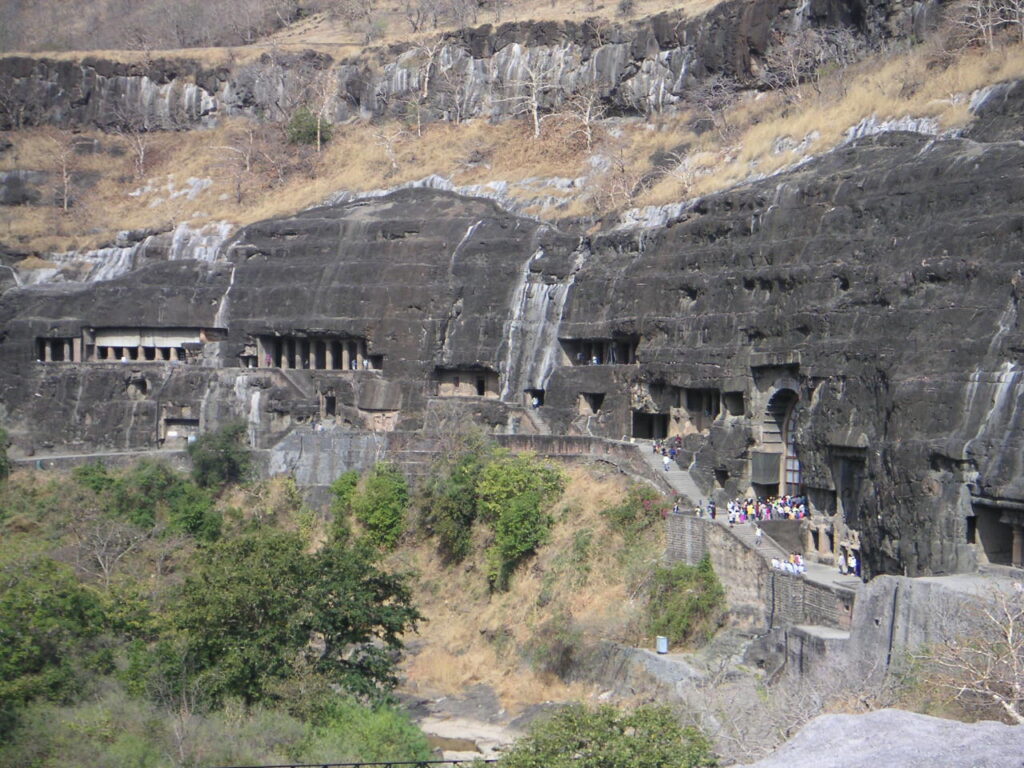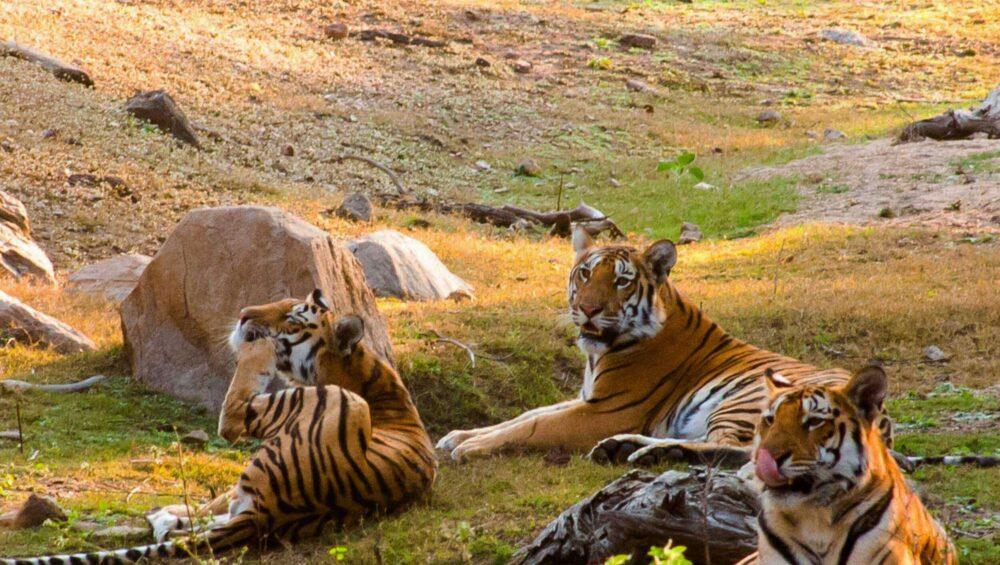Introduction:
The Amazon Rainforest stands as a majestic symbol of nature’s magnificence, spanning across nine South American countries and encompassing the world’s largest tropical rainforest. Its vast expanse teems with life, from towering trees to elusive wildlife, creating an ecological sanctuary of unparalleled diversity and beauty. In this exploration, we delve into the intricacies of the Amazon Rainforest, uncovering its rich biodiversity and the remarkable wildlife that call it home.
The Amazon Rainforest: A Botanical Wonderland:

Encompassing over 5.5 million square kilometers, the Amazon Rainforest is a sprawling expanse of verdant wilderness, characterized by dense vegetation, towering canopy trees, and meandering rivers. It is often referred to as the “lungs of the Earth” for its role in producing oxygen and regulating the global climate through the absorption of carbon dioxide.
At the heart of the Amazon’s biodiversity are its iconic tree species, including towering emergent trees like the Brazil nut tree and giant kapok, which pierce through the forest canopy to reach heights of over 50 meters. Beneath the canopy, a rich tapestry of plant life thrives, comprising countless species of ferns, orchids, bromeliads, and medicinal herbs, each playing a vital role in the forest’s ecosystem.
The Amazon’s Wild Residents: Diverse and Fascinating:
The Amazon Rainforest is home to an astonishing array of wildlife, ranging from elusive predators to colorful avian species. Among its most iconic inhabitants are the jaguar, the largest big cat in the Americas, known for its stealth and strength. Jaguars prowl the forest floor in search of prey, their spotted coats blending seamlessly with the dappled sunlight filtering through the canopy.

The Amazon is also renowned for its rich avifauna, boasting over 1,300 species of birds, including the vibrant scarlet macaw, the majestic harpy eagle, and the elusive toucan. These feathered inhabitants contribute to the forest’s symphony of sounds, filling the air with melodic calls and distinctive cries.
Beneath the dense foliage, the Amazon’s rivers and waterways teem with life, harboring an abundance of aquatic species. From the iconic Amazon river dolphin, with its pink-hued skin and playful demeanor, to the elusive anaconda, the world’s largest snake, these aquatic denizens play a vital role in the Amazon’s intricate food web.
The Amazon Rainforest: A Crucible of Biodiversity:
The Amazon Rainforest is a hotspot of biodiversity, harboring an estimated 10% of the world’s known species. Its vast expanse encompasses a multitude of ecosystems, from dense lowland forests to towering montane forests, each supporting a unique assemblage of flora and fauna.
One of the Amazon’s most biodiverse regions is the Yasuni National Park in Ecuador, home to an unparalleled array of species, including monkeys, sloths, and colorful amphibians. The park’s pristine wilderness is a testament to the Amazon’s resilience and the importance of conservation efforts to protect its fragile ecosystems.
Threats to the Amazon: Challenges and Conservation:
Despite its ecological significance, the Amazon Rainforest faces an array of threats, including deforestation, habitat fragmentation, and illegal logging. Human activities, such as agricultural expansion and mining, pose significant challenges to the Amazon’s delicate balance, endangering countless species and ecosystems.
Efforts to conserve the Amazon Rainforest are underway, with governments, NGOs, and indigenous communities working together to protect its biodiversity and promote sustainable development. Initiatives such as the Amazon Conservation Vision 2020 aim to safeguard critical habitats, mitigate climate change, and empower local communities to become stewards of their natural heritage.
Conclusion:
The Amazon Rainforest stands as a testament to the wonders of the natural world, a vast and biodiverse ecosystem teeming with life and vitality. From its towering trees to its elusive wildlife, the Amazon captivates the imagination and inspires awe at the intricacies of nature’s design.
As we contemplate the Amazon’s beauty and diversity, let us also recognize the urgent need to protect and preserve this invaluable resource for future generations. Through conservation efforts, sustainable practices, and global cooperation, we can ensure that the Amazon Rainforest remains a sanctuary of biodiversity and wonder for years to come.






